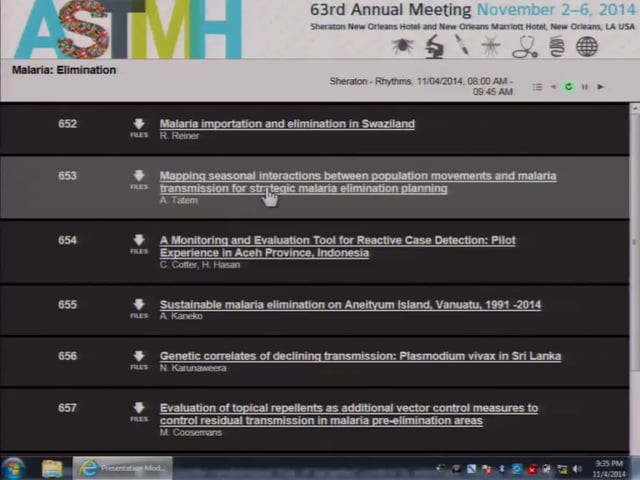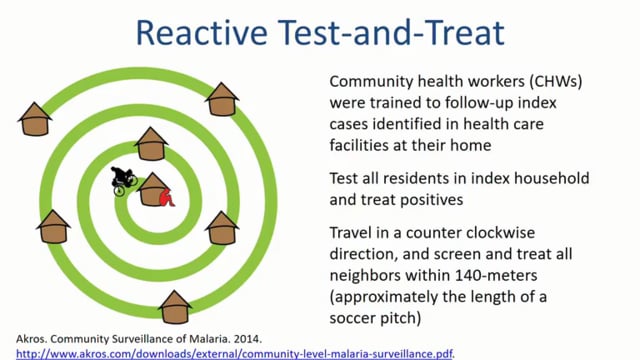Last Updated: 01/09/2025
Evaluating reactive case detection methods for malaria elimination in Indonesia and Thailand
Objectives
To assess the effectiveness of reactive case detection methods at detecting additional malaria infections around index cases identified in passive surveillance.
- To determine the diagnostic accuracy of currently used detection methods (microscopy and RDT) to detect infections using LAMP as the gold standard.
- To identify optimal procedures and risk factors associated with the detection of infections.
- To measure the costs and cost-effectiveness of reactive case detection methods to detection additional infections.
- To evaluate microsatellite genotyping as a strategy for determining the origin and spread of Plasmodium vivax and Plasmodium falciparum infections.
University of California San Francisco (UCSF), United States
Eijkman Institute for Molecular Biology (EIMB), Indonesia
FIND, Switzerland
United Nations Children’s Fund (UNICEF), United States
Menzies School of Health Research, Australia
Ministry of Health (MOH) Indonesia, Indonesia
Vector Borne Disease Research Center, Ministry of Health (MOH) Thailand, Thailand
Jul 2012 — Dec 2015
$28.61M


